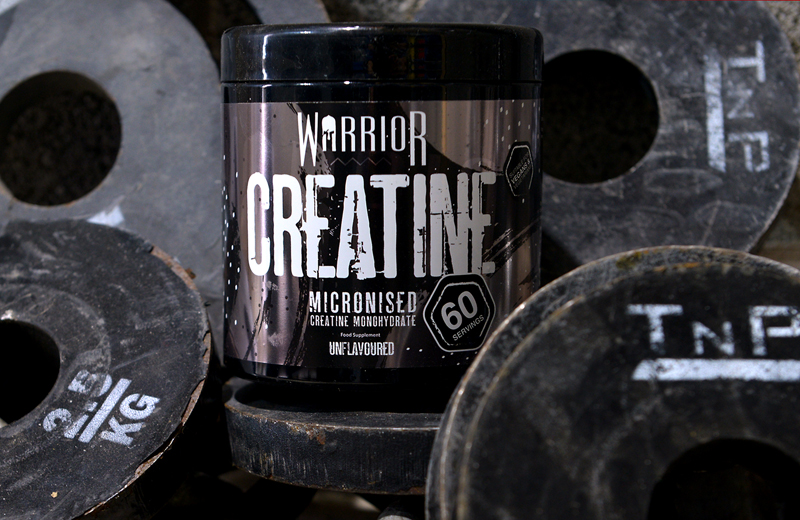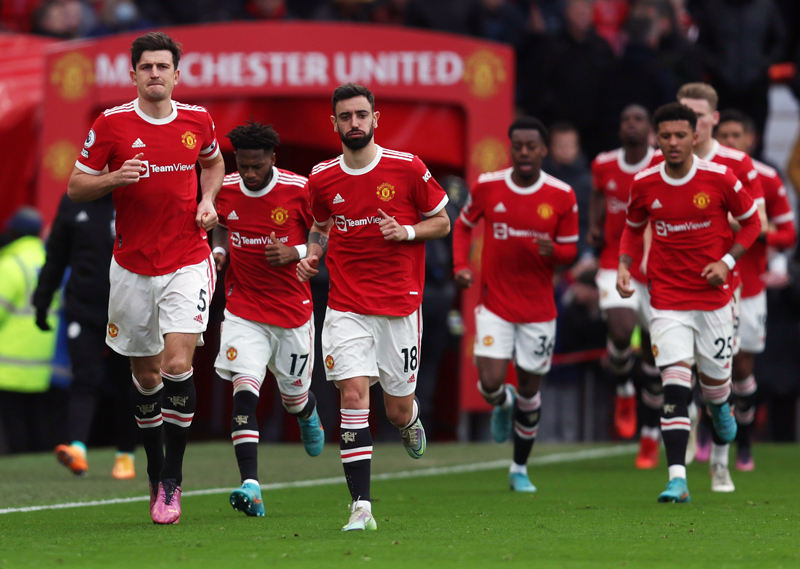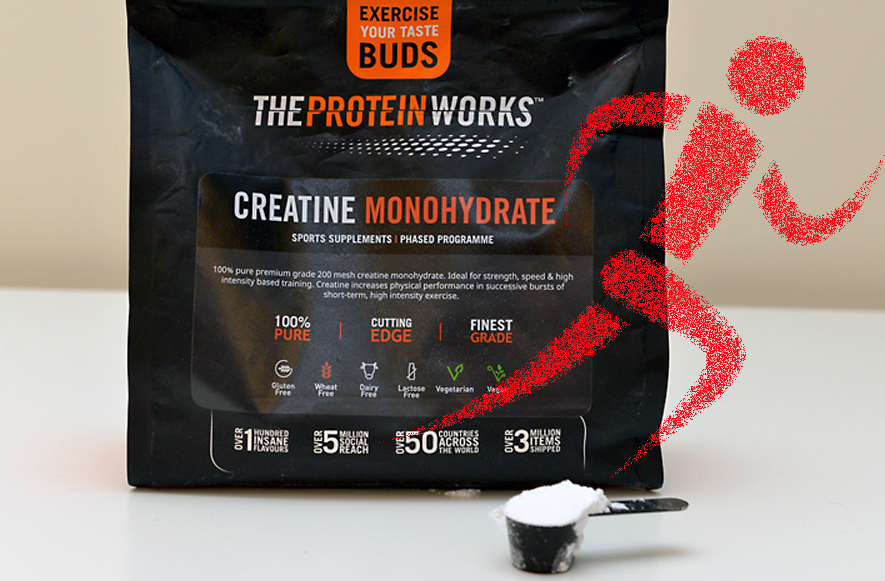High-intensity intervals: is the bubble about to burst?

As most of our readers will already know very well, interval training sessions consist of a number of high-intensity efforts of a predetermined duration interspersed with short periods of rest, and are now considered an essential tool for building and maximizing fitness. This is not surprising because a large body of excellent empirical evidence has accumulated demonstrating that a wide variety of interval training protocols (ie varying interval durations and intensities) are very effective for enhancing the efficiency of both the aerobic and anaerobic energy producing systems in the muscles(1).
How are interval durations determined?
Until the late 1990s, most endurance athletes performing intervals relied on interval durations that reflected the demands of their event. Since endurance efforts lasting more than around two minutes – ie most endurance events - rely very heavily on the aerobic energy producing system(2), and efforts of up to 10 minutes require over 90% of energy demands to be met from the aerobic energy system(3), this meant that training sessions were typically modelled around intervals lasting from 2-10 minutes, with intervals of 3-5 minutes becoming a popular and well-documented method for athletes and fitness enthusiasts seeking to improve aerobic fitness and endurance performance(4).
The rationale for using 3-5 minute intervals is that there is a lag between starting a high-intensity effort and the cardiovascular system and muscles ‘catching up’ - a phenomenon that arises from the way the body responds to increase oxygen demand (more technically known as ‘oxygen kinetics’)(5). This determines the lower limit for interval duration of around three minutes. By the same token, the accumulated fatigue resulting from repeated intervals means that these intervals cannot be too much longer in duration than three minutes (because it becomes impossible to perform a decent set of repeats)(6), which explains why the upper limit typically chosen was around 5 minutes.
The short interval revolution
Around the beginning of the millennium, sports science researchers became interested in playing around with interval lengths and were surprised to discover that athletes can also benefit from interval sessions that don’t appear to fit the principles described above. In particular, evidence emerged that endurance athletes whose events rely primarily on aerobic energy production can actually benefit greatly from short, intense interval repeats of under a minute, sometimes referred to as ‘sprint intervals’ or HIIT. The enthusiasm for shorter, high-intensity intervals stemmed from research by a Japanese professor called Izumi Tabata of the National Institute of Fitness and Sports in Kanoya, Japan(7).
In his landmark study published in 1997, Tabata compared athletes performing one hour of steady-state, moderate-intensity (70% of maximum oxygen uptake - VO2 max) endurance training on a stationary bicycle for five days each week with another group who also performed stationary cycling but using a 4-minute period of eight very hard intervals (170% of VO2 max) with a 2:1 ratio between work and rest (ie 8 sets of 20 seconds of work followed by 10 seconds of rest). Amazingly, the sprint-interval trained athletes made substantial gains in maximum oxygen uptake (VO2 max), indicating that the very short, high-intensity protocol had actually been able to boost aerobic endurance (as well as anaerobic performance), equalling the aerobic gains achieved by the steady state group!
Subsequent research has since confirmed that high-intensity sprint-intervals can be an effective tool for developing aerobic fitness(8). But if their duration is so short, how is this aerobic performance-boosting effect possible? The reasoning is that while the aerobic intensity and oxygen demand of each (short/sprint) interval is not particularly high (due to the slow oxygen uptake kinetics), by keeping the recovery intervals in between each interval effort short, the overall aerobic intensity through the session can be raised because there’s insufficient time in each recovery period to repay the oxygen debt. This in turn means the body has to respond by keeping the oxygen supply system ramped up, and getting better at delivering and using oxygen (exactly what happens during steady state training).
Shortcomings of short intervals
As mentioned above, compared to a larger body of steady-state training, sessions of short-duration, high-intensity intervals can deliver the same aerobic benefits for a reduced training volume – and also seriously enhance anaerobic performance(9,10). Given the performance benefits and time savings (which make it easier to slot in a quick interval session), it’s perhaps not surprising that many athletes now choose to perform interval sessions using short-duration, high intensity intervals rather than the traditional sessions using longer-duration intervals.
Although this approach seems logical, some researchers have questioned whether the use of short-duration intervals (under one minute) is optimal when it comes to generating the best endurance adaptations. This is because some more recent studies have concluded that the best way to improve oxygen uptake and endurance performance is to train with a view to maximizing the time in the training session spent near maximal oxygen uptake (ie over 90%–95% of VO2max)(11-13).
The problem with using short intervals is that several studies have concluded that the use of short interval durations (under 60 seconds) in interval sessions tends to be less successful in achieving high levels of maximal oxygen uptake and maintaining these levels above 90% or 95% of VO2max compared to longer intervals(14,15). For example, one study compared the physiological strain of long intervals (4 × 3 minutes) vs. short intervals (21 × 30 seconds) performed at the same intensity, the same work-rest ratio (1:1) and the same total duration (21 minutes) in highly-trained endurance athletes. Averaged over the entire training session, there was the same overall elevation in heart rate across both sessions, but a higher oxygen uptake and higher subjective exertion in the longer intervals(14).
Some researchers have suggested that this shortcoming of short intervals (not enough time spent above 90-95% VO2max) can be overcome by increasing further the intensity of each short interval(16). However, the research on this approach is mixed to say the least. In a study on endurance-trained athletes, upping the intensity of 30-second intervals from 100% of maximal aerobic velocity to 110% of maximal aerobic velocity did not lead to a significant increase in time spent above 90% VO2max(17). In fact, because of the more anaerobic nature of the intervals, the athletes couldn’t complete as many reps, which meant that the total time accumulated over 90% of VO2max actually fell by over a third!
You need to be logged in to continue reading.
Please register for limited access or take a 30-day risk-free trial of Sports Performance Bulletin to experience the full benefits of a subscription. TAKE A RISK-FREE TRIAL
TAKE A RISK-FREE TRIAL
Newsletter Sign Up
Testimonials
Dr. Alexandra Fandetti-Robin, Back & Body Chiropractic
Elspeth Cowell MSCh DpodM SRCh HCPC reg
William Hunter, Nuffield Health
Newsletter Sign Up
Coaches Testimonials
Dr. Alexandra Fandetti-Robin, Back & Body Chiropractic
Elspeth Cowell MSCh DpodM SRCh HCPC reg
William Hunter, Nuffield Health
Keep up with latest sports science research and apply it to maximize performance
Today you have the chance to join a group of athletes, and sports coaches/trainers who all have something special in common...
They use the latest research to improve performance for themselves and their clients - both athletes and sports teams - with help from global specialists in the fields of sports science, sports medicine and sports psychology.
They do this by reading Sports Performance Bulletin, an easy-to-digest but serious-minded journal dedicated to high performance sports. SPB offers a wealth of information and insight into the latest research, in an easily-accessible and understood format, along with a wealth of practical recommendations.
*includes 3 coaching manuals
Get Inspired
All the latest techniques and approaches
Sports Performance Bulletin helps dedicated endurance athletes improve their performance. Sense-checking the latest sports science research, and sourcing evidence and case studies to support findings, Sports Performance Bulletin turns proven insights into easily digestible practical advice. Supporting athletes, coaches and professionals who wish to ensure their guidance and programmes are kept right up to date and based on credible science.









